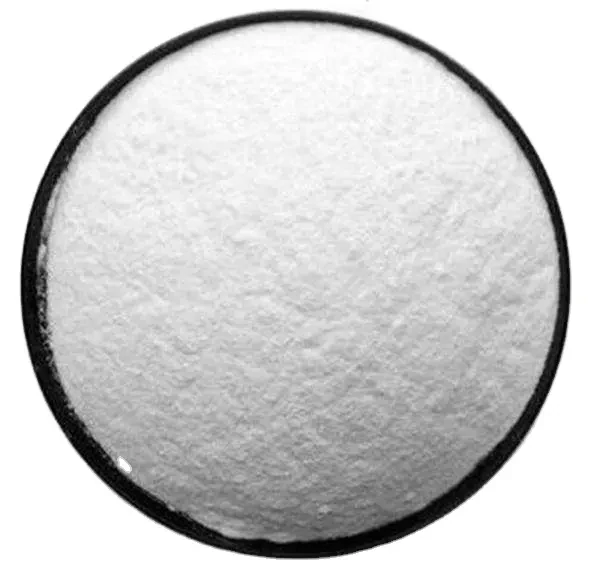Adipic dihydrazide (ADH) is a versatile compound used in various chemical reactions, particularly in polymer synthesis and crosslinking reactions. Its interactions with other reagents in a reaction mixture depend on the specific reaction conditions and the functional groups present in the reagents.
Here’s how adipic dihydrazide can interact with different types of reagents:
- Carbonyl Compounds: Adipic dihydrazide can react with carbonyl compounds, such as aldehydes and ketones, via condensation reactions to form hydrazones. The reaction typically involves the nucleophilic addition of one of the hydrazide groups of ADH to the carbonyl carbon of the carbonyl compound, followed by dehydration to form the hydrazone product. This reaction is often used in the modification of polymers and the preparation of crosslinking agents for polymeric materials.
- Epoxides: Adipic dihydrazide can also react with epoxides to form hydrazide-functionalized epoxy compounds. The reaction proceeds via the nucleophilic ring-opening of the epoxide by one of the hydrazide groups of ADH, followed by the formation of a hydroxyl group and an amino group on the epoxy ring. This reaction is useful in the synthesis of epoxy resins with improved adhesion and mechanical properties.
- Isocyanates: Adipic dihydrazide can react with isocyanates to form urea linkages. The reaction involves the nucleophilic addition of one of the hydrazide groups of ADH to the isocyanate group, followed by the elimination of carbon dioxide and the formation of a urea bond. China Adipic dihydrazide manufacturers This reaction is employed in the preparation of polyurea materials, which are used in coatings, adhesives, and sealants.
- Carboxylic Acids: Adipic dihydrazide can react with carboxylic acids to form amide linkages. The reaction typically involves the condensation of one of the hydrazide groups of ADH with the carboxyl group of the carboxylic acid, accompanied by the elimination of water. This reaction is utilized in the modification of polymers and the preparation of polyamide materials.
- Crosslinking Agents: Adipic dihydrazide can serve as a crosslinking agent in polymerization reactions, particularly in the crosslinking of polyfunctional monomers or polymers. The hydrazide groups of ADH can react with functional groups, such as carboxyl or epoxy groups, present in the polymer chains to form covalent crosslinks, leading to the formation of a three-dimensional network structure.
Overall, adipic dihydrazide exhibits versatile reactivity with a wide range of reagents, making it a valuable compound in various chemical processes, including polymer synthesis, crosslinking reactions, and modification of polymeric materials. Its ability to form stable covalent bonds with different functional groups makes it a useful building block in the design of advanced materials with tailored properties.

